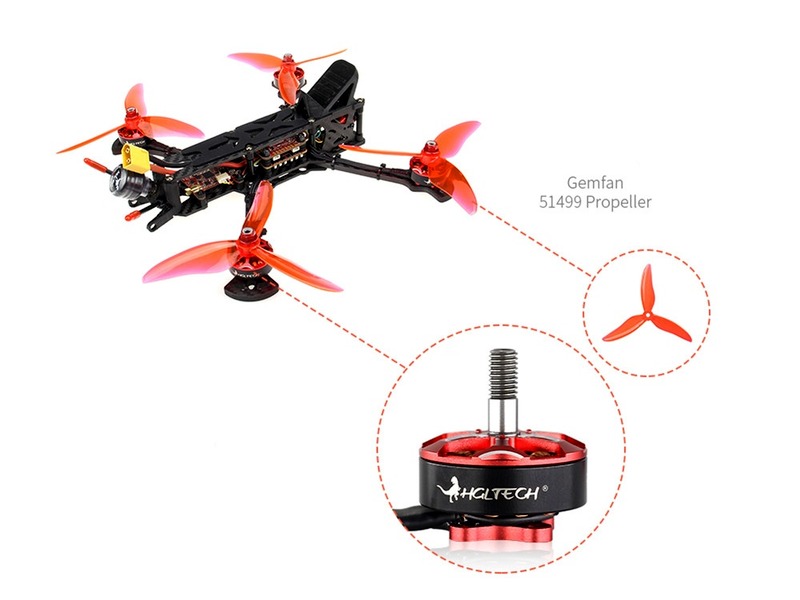Can a drone carry/lift 100 kg?

The answer to the question of whether a drone can carry or lift 100 kg is yes, but it depends on the type of drone. Generally, the larger the drone, the more weight it can carry. For example, a heavy-lift drone such as the Matrice 600 Pro can carry up to 15 kg, while a smaller drone such as the DJI Mavic 2 Pro can carry up to 2 kg.
The type of drone used will also depend on the purpose of the lift. For example, if the purpose is to lift a heavy object, then a heavy-lift drone such as the Matrice 600 Pro would be the best choice. On the other hand, if the purpose is to lift a lighter object, then a smaller drone such as the DJI Mavic 2 Pro would be more suitable.
In addition to the type of drone, the payload capacity of the drone will also affect its ability to lift 100 kg. Payload capacity is the total weight that a drone can carry, including the weight of the drone itself, the battery, and any additional payload such as cameras or sensors. The payload capacity of a drone is determined by its size, power, and design. Generally, larger drones have higher payload capacities than smaller drones.
Furthermore, the type of motor used in the drone will also affect its ability to lift 100 kg. Generally, brushless motors are more powerful than brushed motors and are better suited for heavy lifting. Brushless motors are also more efficient, meaning they can generate more power with less energy.
Finally, the type of battery used in the drone will also affect its ability to lift 100 kg. Generally, larger drones use more powerful batteries than smaller drones. For example, the Matrice 600 Pro uses a 6S LiPo battery, while the DJI Mavic 2 Pro uses a 3S LiPo battery.
In conclusion, a drone can carry or lift 100 kg, but it depends on the type of drone, its payload capacity, the type of motor used, and the type of battery used. Generally, larger drones with more powerful motors and batteries are better suited for heavy lifting.
Comments / Question
- Cameras and other imaging equipment
- Sensors and other scientific instruments
- Medical supplies
- Agricultural supplies
- Construction materials
- Firefighting equipment
- Search and rescue equipment
- Delivery packages
- Military equipment
2. Ensure the flight route is free of obstacles and risks.
3. Ensure the payload is properly balanced and securely attached to the drone.
4. Monitor and control the drone’s altitude and speed to ensure it is within safety guidelines.
5. Take off and land in an open area away from people and property.
6. Designate a spotter to help the pilot maintain visual contact with the drone.
7. Establish clear communication between the pilot and the spotter to facilitate the safe operation of the drone.
8. Monitor the battery levels and other aircraft systems in real-time to avoid system malfunctions.
9. Stop the flight immediately if any issue arises.
10. Follow all applicable laws and regulations.

